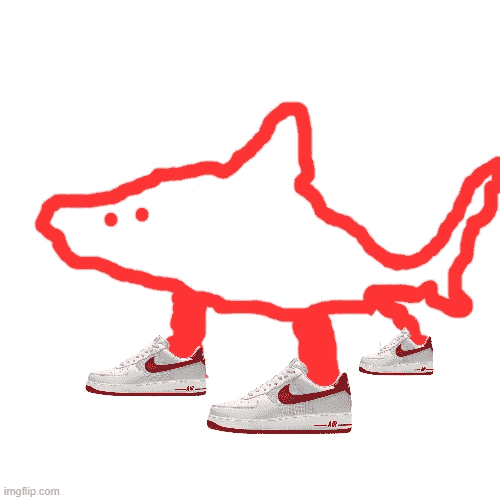What is Tralalero-tralala
Create Your Own Tralalero-tralala Meme Tralalero-tralala
Tralalero-tralalaTralalero-tralala
"Tralalero-tralala" is a widely recognized onomatopoeic vocalization or nonsense phrase, often depicted in text or speech to represent a cheerful, lighthearted, or whimsical sound. It typically evokes the image of someone humming, singing joyfully, or expressing a carefree attitude, making it a popular shorthand for happiness and simplicity.
🤨 Meaning
While "Tralalero-tralala" lacks a literal dictionary definition, its meaning is universally understood through context and the emotions it conveys. It primarily signifies joy, happiness, and cheerfulness, often implying a state of contentment or a playful disposition. It can also represent a melodic sound without specific lyrics, akin to humming or a simple, joyful tune. In some informal contexts, it might be used to playfully dismiss a concern or indicate that something is trivial and not to be taken too seriously, always maintaining a lighthearted tone.
📖 Origin
The exact origin of "Tralalero-tralala" is not attributed to a single source, as it is more of a natural, cross-cultural vocalization. It belongs to a family of similar onomatopoeic sounds like "la-la-la" or "tra-la-la," which are common across various languages and cultures to denote singing, humming, or a lighthearted mood. These sounds likely evolved from simple vocalizations used to express emotion or fill melodic gaps in folk songs, lullabies, and children's rhymes long before recorded media. Its prevalence in popular culture, including cartoons, musical theater, and advertising, has solidified its status as a universal signifier of joy and whimsy.
🎙️ Usage
"Tralalero-tralala" is best suited for scenarios where a sense of joy, lightheartedness, or carefree abandon needs to be conveyed without specific words. It's an excellent tool for injecting playfulness or a cheerful atmosphere into various forms of communication.
- In Music and Songwriting: Often used as a placeholder for lyrics, a recurring melodic motif, or a chorus to create a catchy, cheerful tune, particularly in folk songs, children's songs, and pop music.
- In Literature and Dialogue: Writers use it to illustrate a character's cheerful mood, humming, or singing, adding depth to their emotional state without needing detailed descriptions.
- In Everyday Conversation: People might hum "Tralalero-tralala" to express contentment, dismiss a minor worry playfully, or mimic someone's carefree attitude.
- In Children's Media and Entertainment: Frequently employed in cartoons, animated films, and educational programs to signify happiness, simple fun, or a character skipping along joyfully.
🖼️ Related Images









